VIENNA GALLERIES CHECK-IN #2
Part 2 of a three-part blogpost series: Galerie nächst St. Stephan Rosemarie Schwarzwälder, Projektraum Viktor Bucher, Suppan
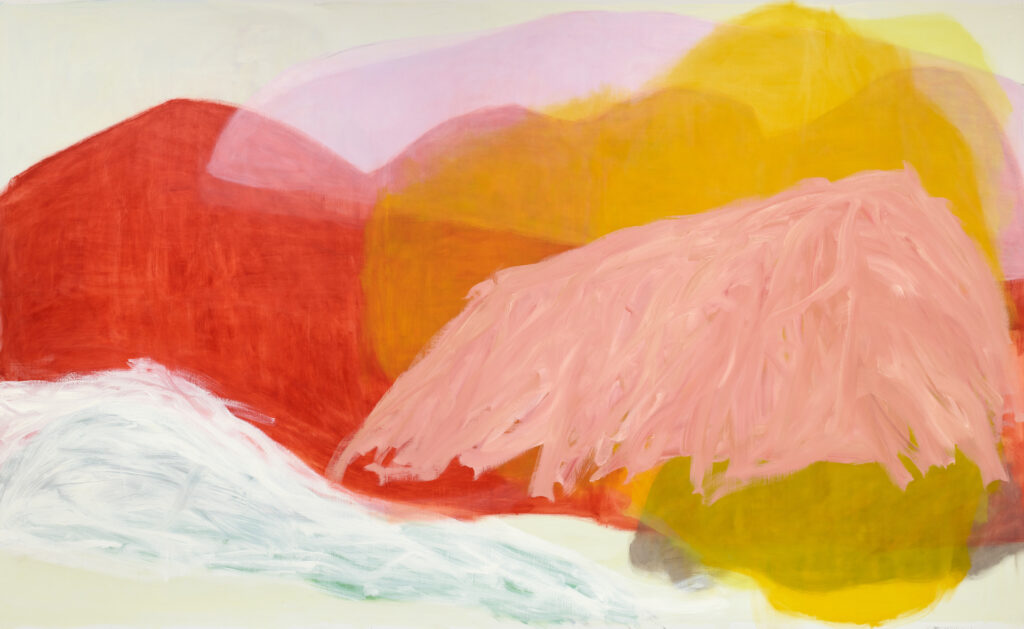
Jongsuk Yoon: Kumgangsan, 2022. Foto © Achim Kukulies Courtesy Galerie nächst St. Stephan Rosemarie Schwarzwälder
In recent years, Vienna has developed into an exciting and dynamic contemporary art landscape – not least due to the growth of young local galleries and branches of major international galleries. But also long-established galleries contribute significantly with their program. Subsequently, it is the synergy of gallery owners, curators, artists, critics and collectors that shapes the art world and enables artists to break through prevailing structures and diversify their norms and values – keyword “Challenging Orders”, our motto for this year’s Vienna Art Week. Galleries play an important role as a meeting point and platform by bringing together the protagonists of the art industry. We visited a few of Vienna’s top galleries and talked to the gallery owners about opportunities for young artists in Vienna, social media and possibilities for improvement in the scene.
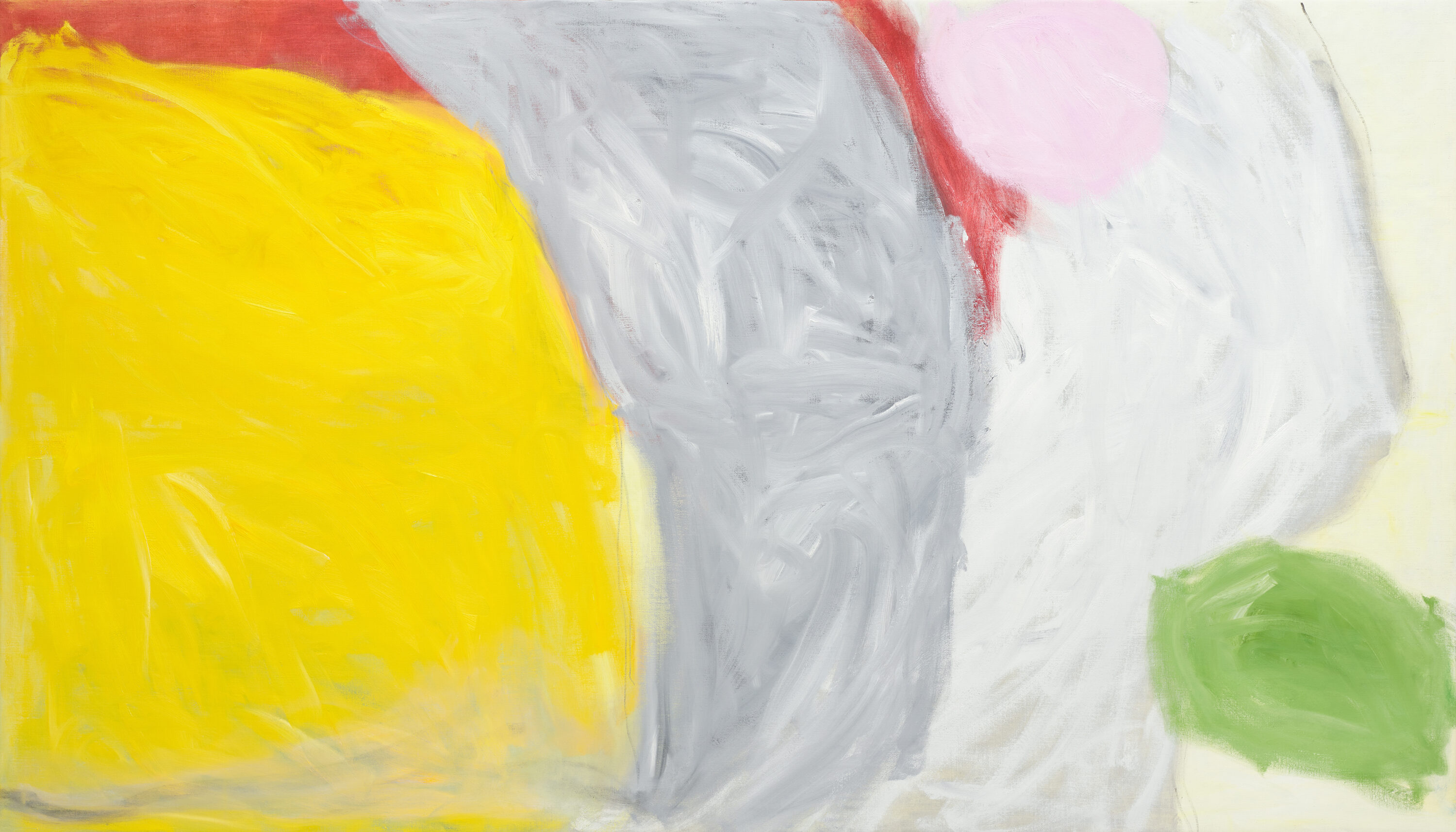
Jongsuk Yoon: Rivers, 2022. Foto © Achim Kukulies Courtesy Galerie nächst St. Stephan Rosemarie Schwarzwälder
GALERIE NÄCHST ST. STEPHAN ROSEMARIE SCHWARZWÄLDER
In 1978 Rosemarie Schwarzwälder took over the management of Galerie nächst St. Stephan (founded in 1954), which she acquired in 1989 and which has had a double name ever since. As early as the 1980s, there was a focus in the gallery on Minimal Art classics – which had never been exhibited in Vienna before – postminimalist, abstract and conceptual positions. These were gradually expanded to include a focus on various painterly discourses and, later, artistic reflections on biopolitics and digital media.
Being the fortunate tenant of an architecturally charming institution with an impressive history was Rosemarie Schwarzwälder’s personal incentive to run a gallery in Vienna, she says. “In general, there is an artistic ‘melting pot’ here in Vienna, as many artists from other countries and continents have chosen this city as a place to live and work, contributing to an exciting dynamic that characterizes this city of art,” the gallery owner says. She also sees the fact that more and more international galleries are opening branches in Vienna as a very positive development.
And what about current opportunities and possibilities for young artists* to establish themselves in Vienna? “It’s sometimes a matter of luck. But you have to be willing to work very passionately to develop your own criteria. That can’t just happen on social media,” Schwarzwälder says. Instagram, he says, promotes the quick launching and consumption of images – but that doesn’t necessarily lead to more sustainability and quality: “So the question arises as to what role social media can play in general for the reception and evaluation of art.”
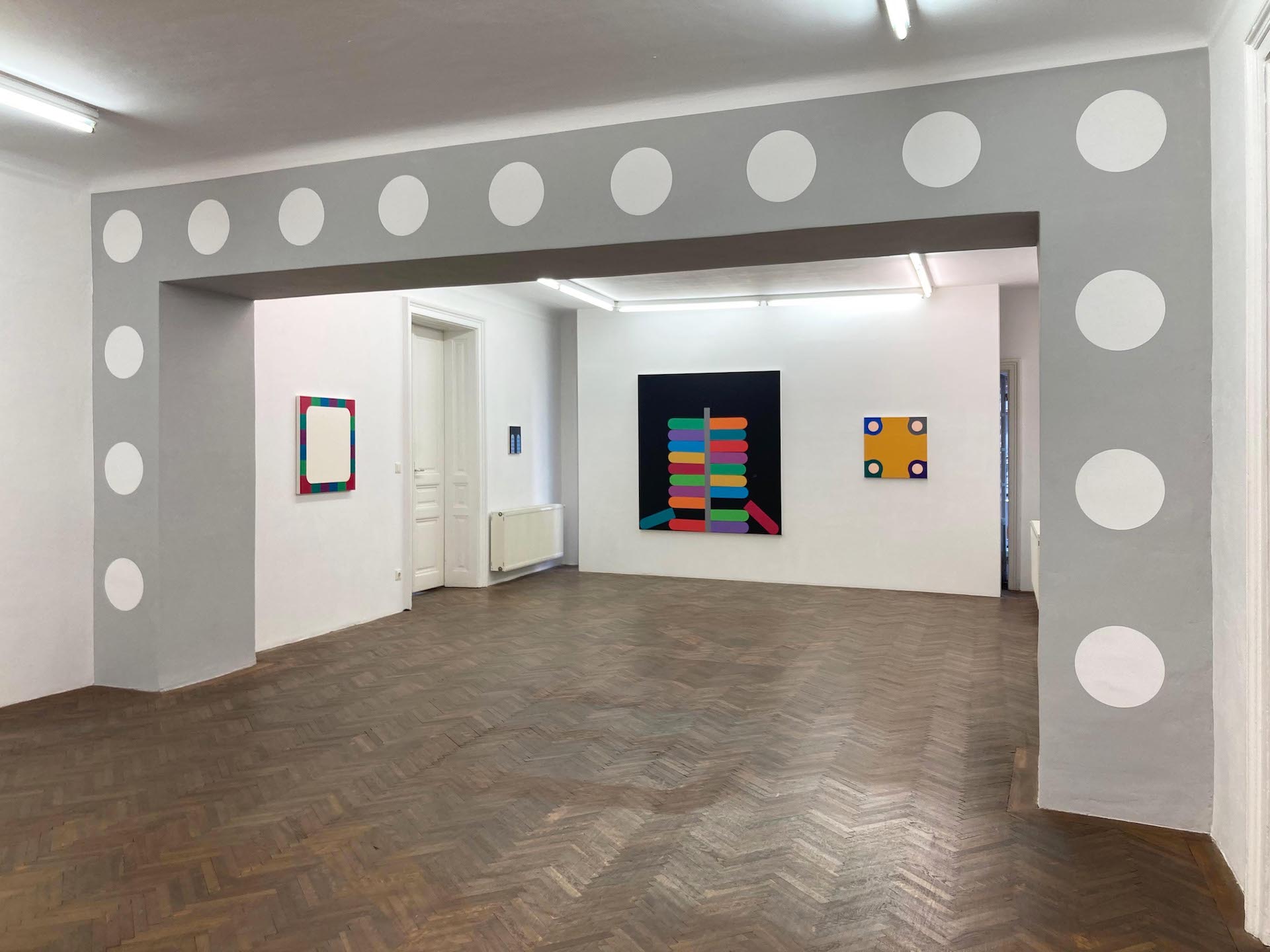
Christian Hutzinger: Untitled (CH 16/2022). Wall painting. © Projektraum Viktor Bucher
PROJEKTRAUM VIKTOR BUCHER
Regularly, his project space at Praterstraße 13 has existed since 1998, but “irregularly” Viktor Bucher has been promoting young artists and unusual productions there for four years longer: the “living” and not static exhibition space has brought interesting and regionally diverse young artists to Vienna with its wide-ranging exhibition and artist program. The exhibitions have been shown both in Austria and internationally with great success and have helped the artists to develop and assert themselves on an international level.
What are the biggest challenges of running a gallery in Vienna today? “You have to have staying power,” Bucher says. However, the “recognition in every form” makes up for it. And what makes Vienna’s art scene stand out for him? “It covers pretty much everything – what’s missing is curiosity.” In order to establish oneself as a young artist in Vienna, he believes that, in addition to support from galleries and high quality work, one also needs a lot of personal commitment. Art fairs and exhibition participations are other important tools for artists living in Vienna to better position themselves, especially internationally.
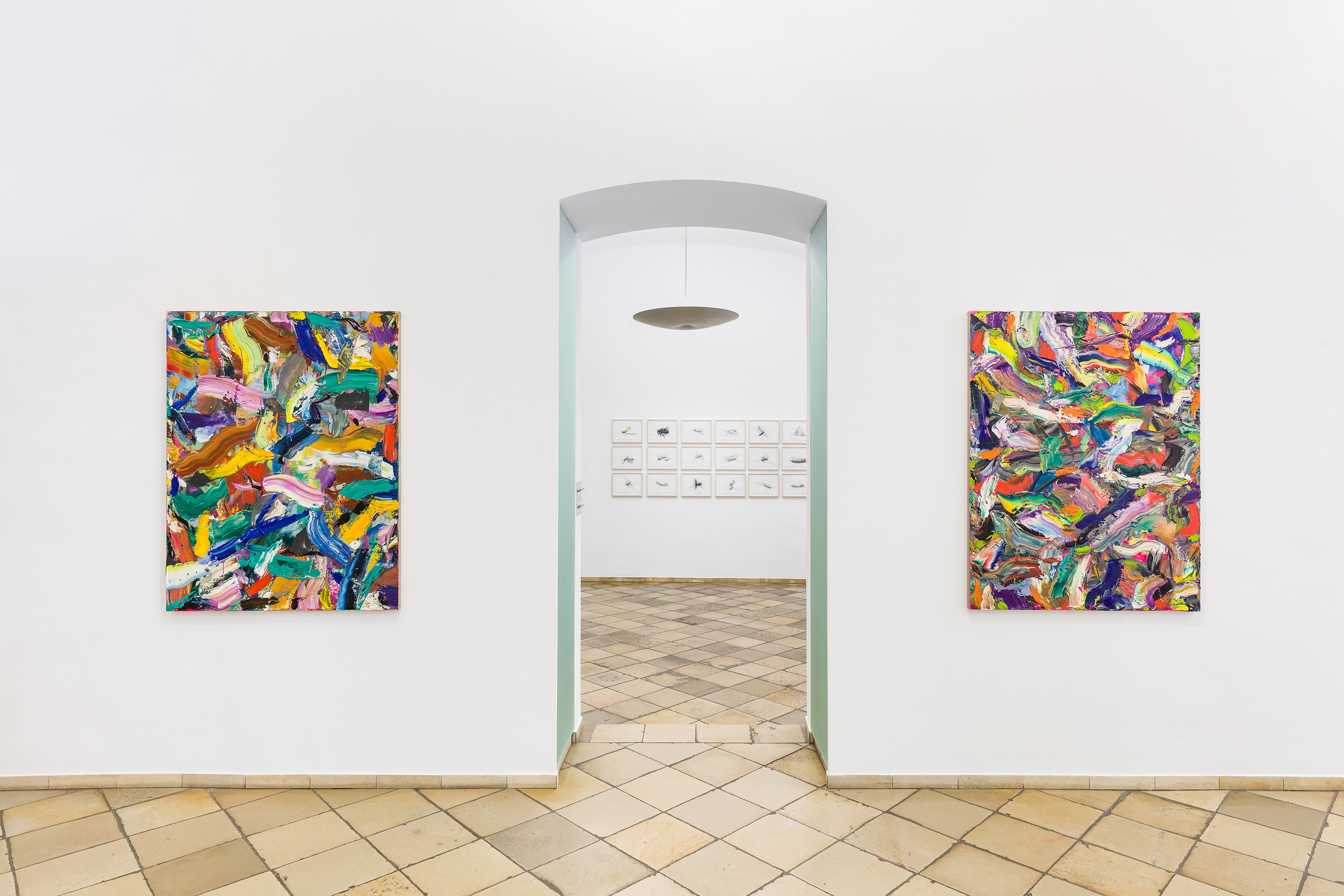
SUPPAN, Dead Flower, Exhibition view, Foto: kunst-dokumentation.com, Courtesy SUPPAN Wien
SUPPAN
Founded by Martin Suppan in 1974, SUPPAN represents international emerging and established artists. The gallery’s program includes solo exhibitions and major retrospectives as well as curated thematic group exhibitions with the aim of creating a dialogue between contemporary artists* and selected 20th century positions.
“In recent years, it has become a great challenge to get visitors to the gallery,” says Sebastian Suppan, who now runs the gallery together with his mother. “On the one hand, because of the wide online offer, due to which buying behavior has changed, and on the other hand, because art enthusiasts and collectors are trying to use their time more efficiently and are increasingly visiting art fairs and art auctions.” In his opinion, there is a certain inhibition to enter a gallery – this must be counteracted. In addition, he says, it is a challenge to inspire the younger generation to collect art beyond the decorative mainstream.
For Suppan, the most exciting thing about running a gallery is the exchange with the multifaceted participants of the art market: “It’s not just the fascinating conversations with artists during studio visits, interesting encounters with sometimes ‘high-caliber’ art collectors or tingling discussions with art historians or critics, but also bringing together these different protagonists of the industry. Often very good acquaintances and sometimes even close friendships develop in the process.” Another incentive for him is to help shape the art landscape and to support artists in being seen and appreciated in public and to be an essential initiator for their development. However, there is a lack of large private collections in Vienna, which would contribute a lot to the development of artists and the rest of the industry with their acquisitions and various initiatives. In his opinion, there should also be more tax relief for art purchases, donations to public institutions/museums or even subsidies for the construction of private museums, for example. This would not only help the artists, but also strengthen Austria as a location for artistic production even more sustainably.
Text: Angelika Seebacher
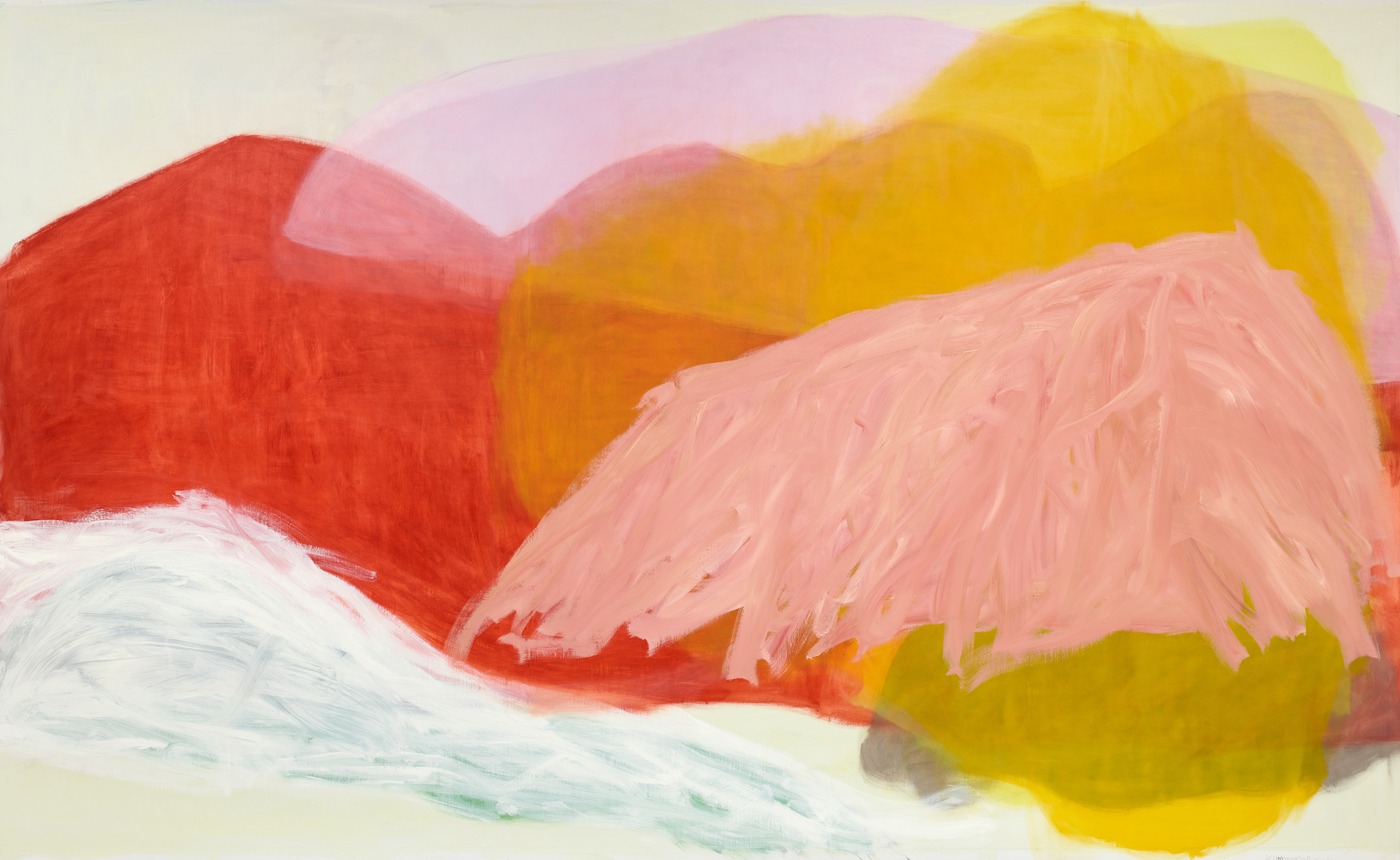
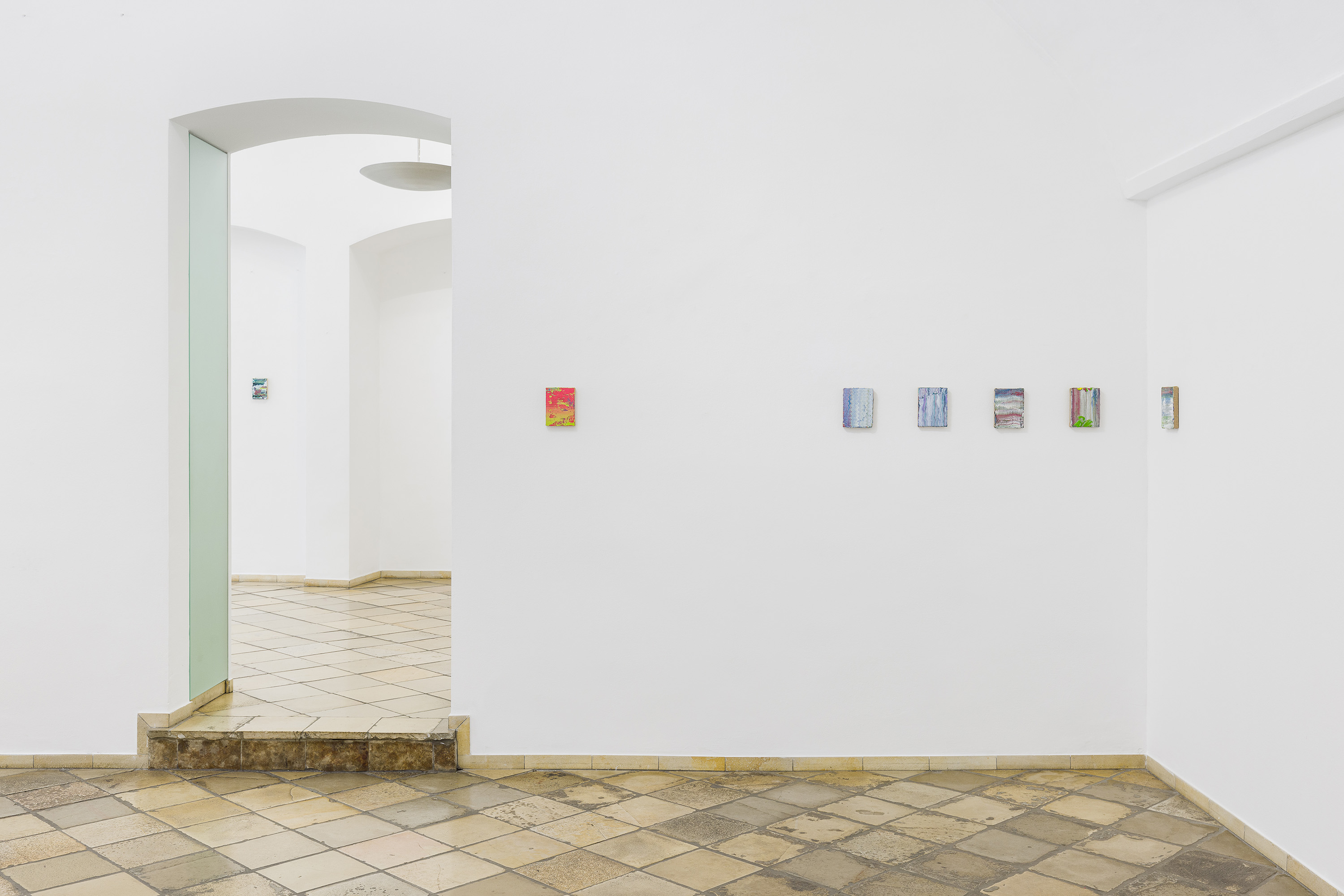
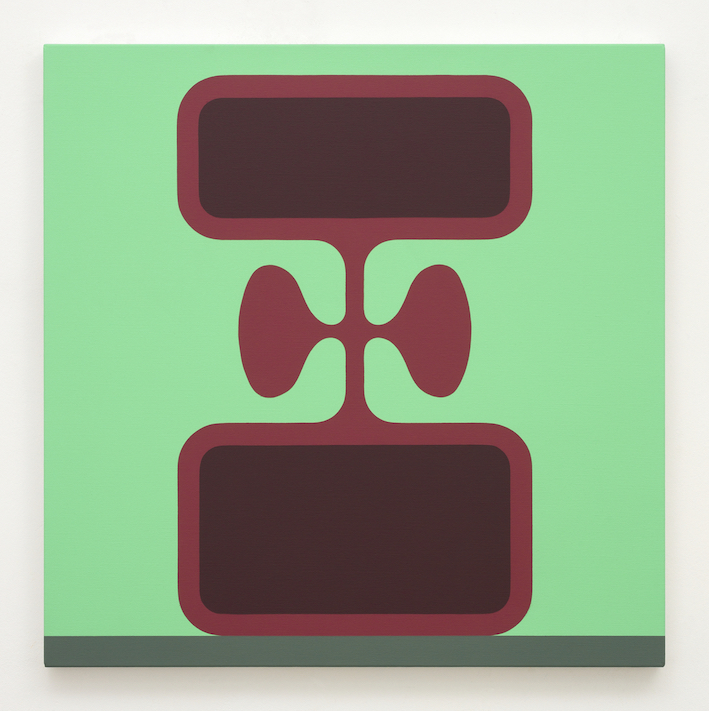
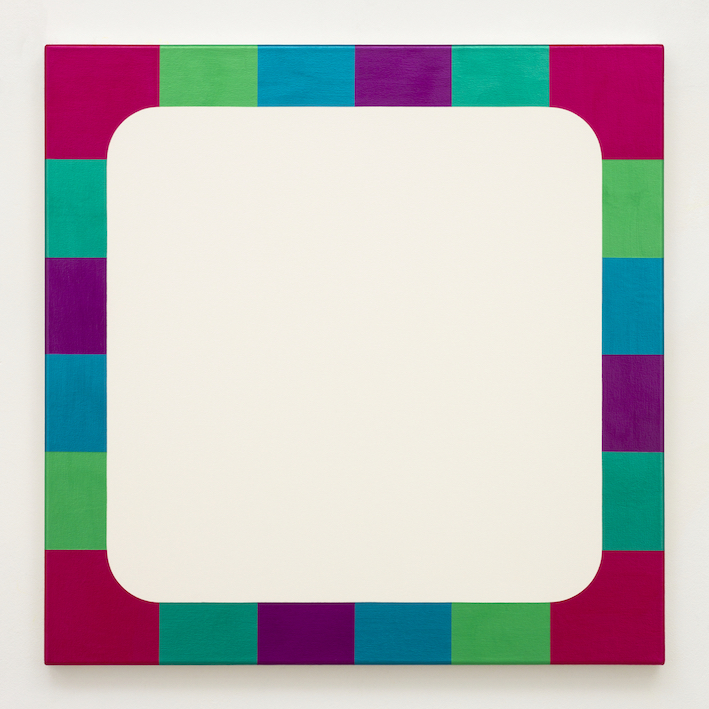
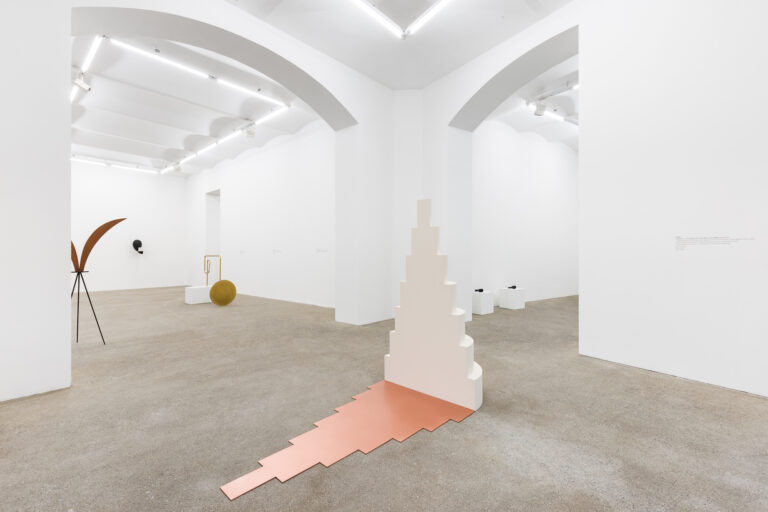
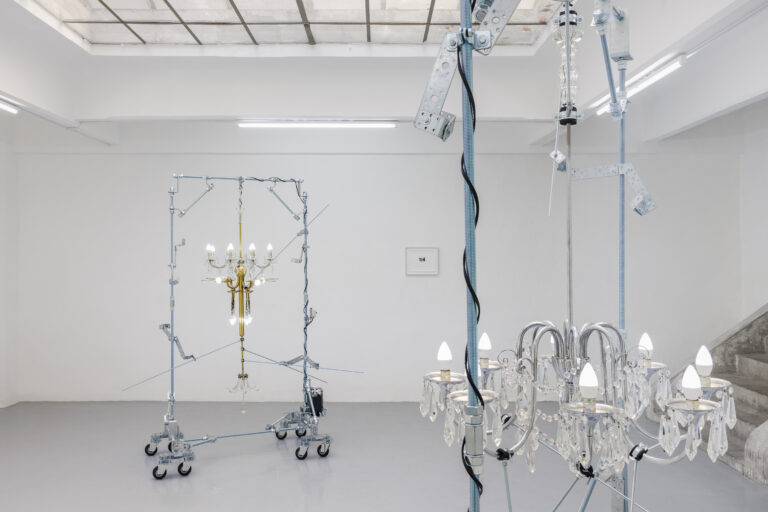
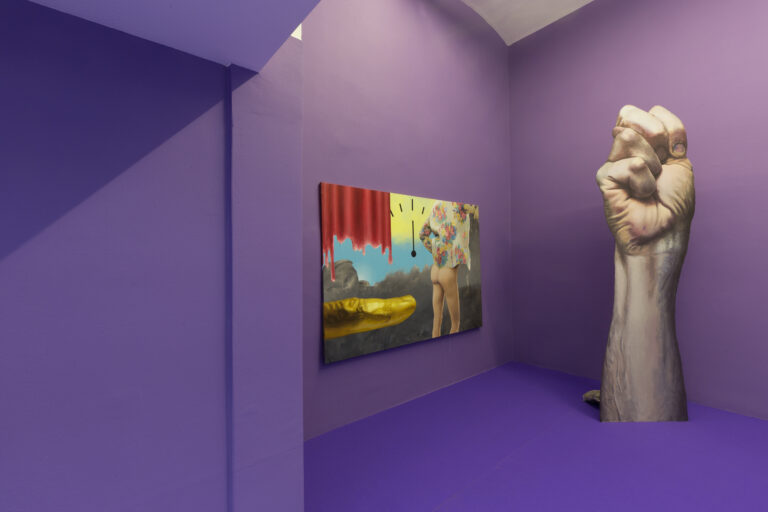
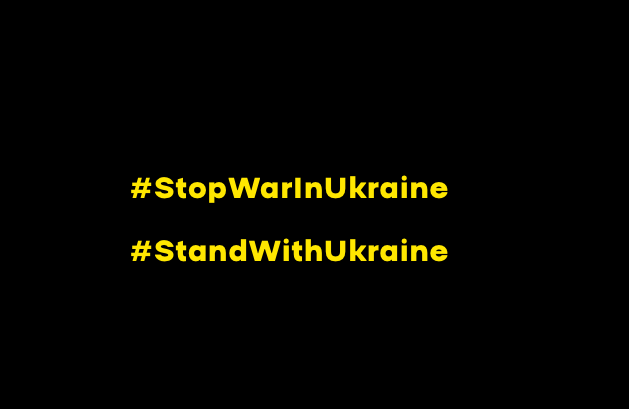
 and then
and then